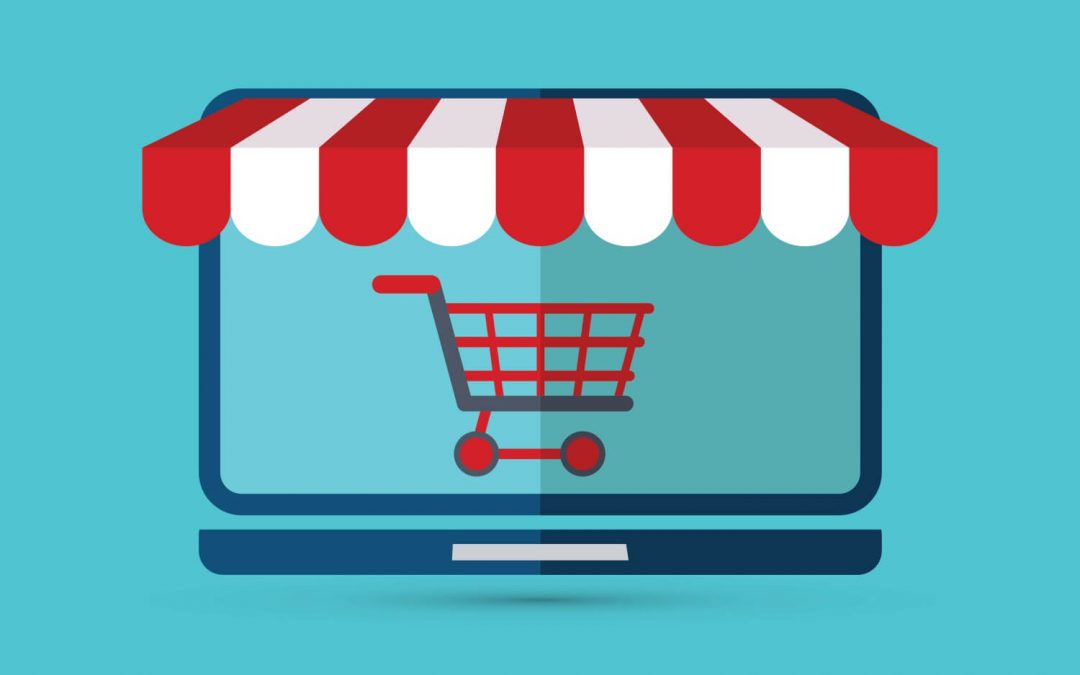Your digital product is your lifeline. Without it, prepare to go the way of many sellers who over-invested in the notion that digital adoption was only a facet of their business and not the defining element of company success.
To put this in context, as of June 2017, a staggering 5,300 retail stores have announced they will be closing their doors, even though apparel sales are expected to rise in 2017, with e-commerce accounting for 17% of revenue. It may seem harsh but this is the Now. Very soon 3-D printing, virtual and augmented reality, smart sensors and AI will be tools that businesses regularly harness to engage clients in a unit-level, customized product journey.
So where does digital product content & information fit into this story?
Product content is the core element that enables you to develop your digital presence and prepare to harness the technological disruption that is breaking dawn on the horizon of B2B.
From the days of print catalog to the information you choose to display through your e-commerce platform, and even to your back-end investments in technology (ERP, DAM, MDM, PIM), the persistent element that remains is the data that creates a digital representation of your physical product and drives customer experience.
B2B buyers demand expert content at all points in the buying journey
This attention to product data robustness, customized product user experiences and aligned business objectives that enable digital transformation are even more important in B2B.
The more complex the product, the greater the focus must be on the way you translate your product expertise into digital form and engage customers with expert-level content.
Where once great consideration went into ensuring your brick and mortar locations portrayed your product knowledge and displayed items in an orderly and categorized fashion, it is now time to prioritize the transformation of your organization in preparation of the digital era.
Optimizing the digital shelf with product data
In the end, it is the intersection of your product with customer data that is the driving force behind digital transformation. In practice, it is in mobilizing product data to effectively interact with users, supported by technologies that enable this process.
As Amazon has shown, your physical product is no longer the first element of ensuring client conversion – it is now final. That’s it. Because by the time the product arrives at their doorstep, the customer has already developed the necessary trust and conducted the requisite research to identify and purchase it.
Your Digital Shelf is the new storefront: open 24/7 and accessible on the go through mobile technology. But does it cater to your customers’ needs and provide them a direct feed of product expertise?

